Featured Article
What Sets Our Elementary Program Apart
Read More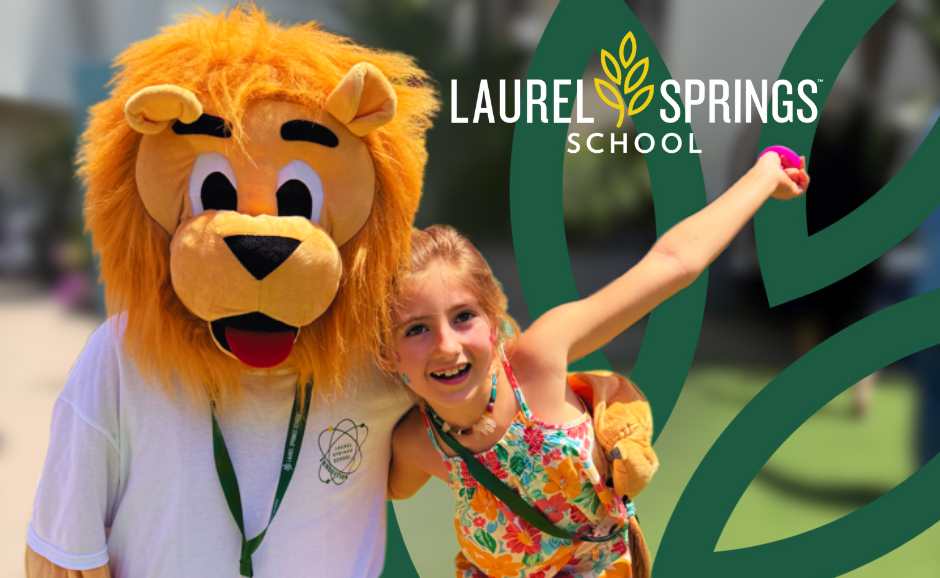
Featured Article

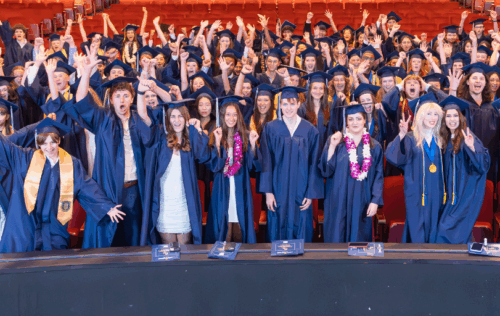
College Prep
See all blogs
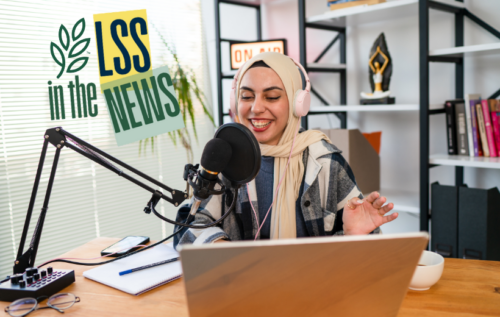
LSS In the News
See all blogs
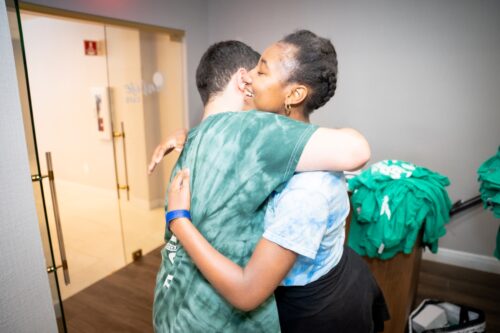
Mental Health & Mindfulness
See all blogs

Online Learning Resources
See all blogs
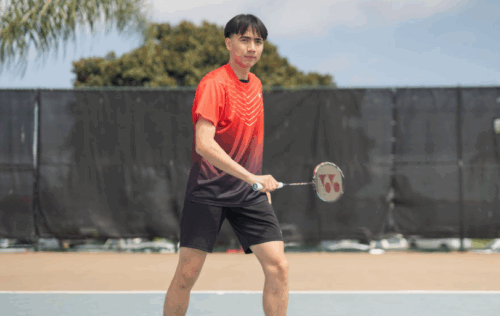
Student Athletes
See all blogs

Student Life
See all blogs
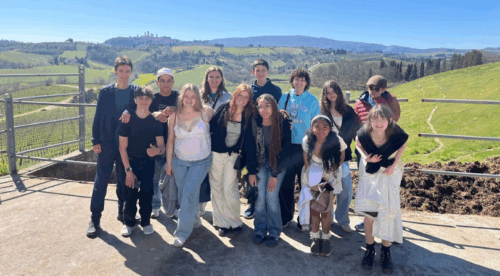
Student Stories
See all blogs